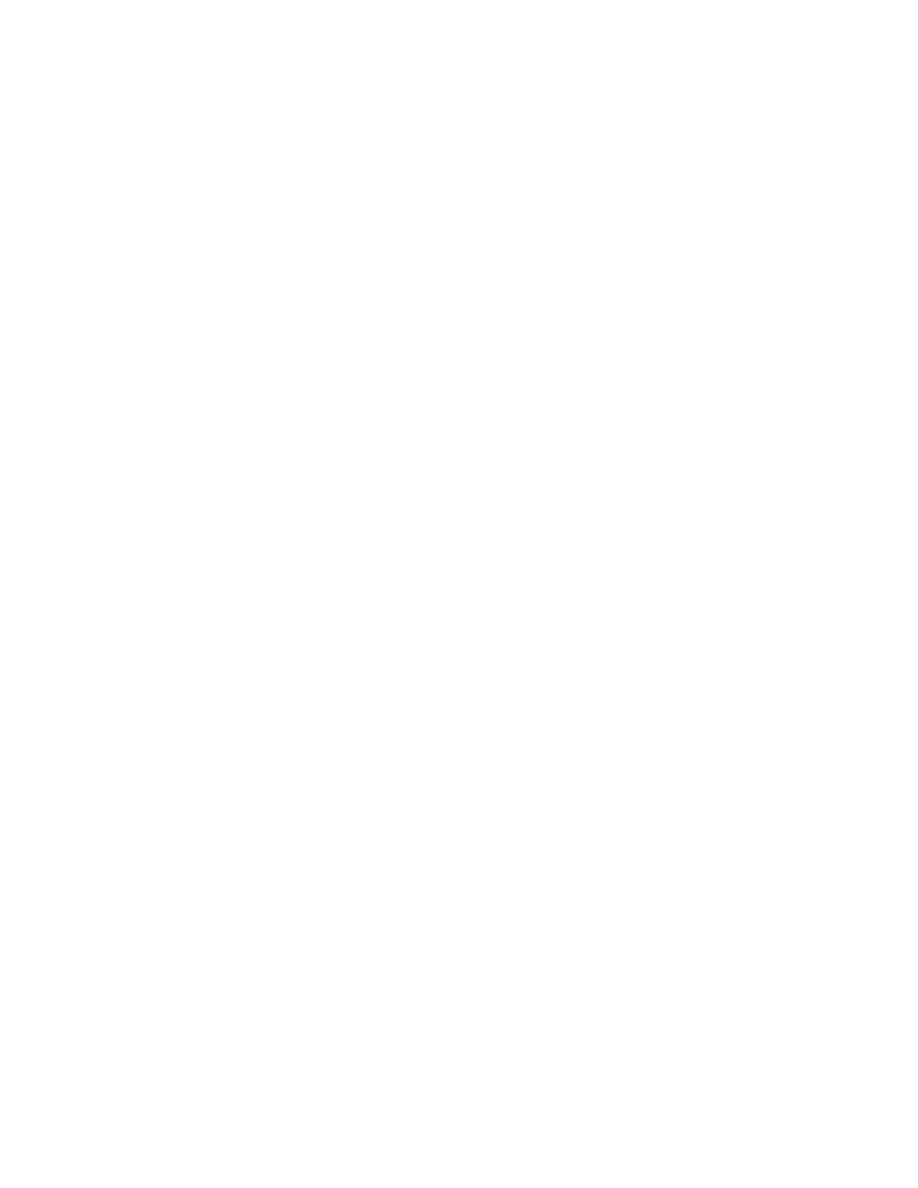Eagle L4-150 2.5L (1983)

Slip Yoke: All Technical Service Bulletins
Rear Axle Yoke - Vibration/Noise
83amcjeep01
APRIL 1983 000 032
1983 AMC SPIRIT, CONCORD AND EAGLE
7E
REAR AXLE YOKE
Attention:
Workshop, Parts Department
Information
The rear axle yoke on some 1983 Spirit, Concord, and Eagle models may have excess material on the clamp strap mounting surfaces. The presence of
this material could interfere with proper seating of the clamp straps. Improper clamp strap seating may result in a driveline vibration.
Vehicles potentially affected are:
Spirit and Concord models built in Kenosha between sequence numbers E17224 and E22082 and Eagle
models built in Brampton between sequence numbers 22149 and 25229. Any vehicles in this group brought
in for dealer service due to driveline noise or vibration should be inspected and repaired according to the
following service procedure.
Filing Instructions
File this I.S. Note at the back of the plastic binder supplied with Supplement No. 1 to the 1982 AMC Technical Service Manual.
PROCEDURE:
Yoke Inspection
1.
Inspect the rear axle yoke as follows:
a.
If the yoke does not have a green paint mark in the saddle area or it has a white paint mark in the same area, the yoke must be replaced.
Proceed to the Yoke Removal/Installation procedures.
b.
If the yoke has a green paint mark in the saddle area, the yoke does not require replacement. However, if some type of vibration or noise
condition occurred, further diagnosis is needed. Refer to the vibration diagnosis procedures in Chapter 2E of the 1982 AMC Technical
Service Manual.
Yoke Removal
1.
Remove both rear wheels and brake drums.
2.
Disconnect the propeller shaft from the axle yoke.
3.
Inspect the rear universal joint bearing caps for damage. Replace the universal joint if the caps or needle bearings are damaged.
4.
Measure and record the amount of torque required to rotate the pinion gear using a socket and inch-pound torque wrench.
NOTE:
To be sure of an accurate torque reading, rotate the pinion several revolutions before taking measurement.
5.
Remove the pinion nut using Remover Tool J-8614-01 and Nut Socket Tool J-22575.
NOTE:
Do not discard the old pinion nut at this time.
6.
Position a drain pan under the axle housing.
7.
If the yoke has a white paint mark in the saddle area, make a corresponding mark on the pinion shaft for assembly alignment of the new yoke.
However, if the yoke does not have a white paint mark, continue with yoke removal.
8.
Remove the axle yoke. If the yoke cannot be removed by hand, use tools J-8614-01, -02, and -03.
9.
Inspect the pinion seal. Remove the seal if damaged, worn, or leaking using Tool J-9233 or J-7583.
NOTE:
If the old seal is removed, do not install a new seal at this time.
Yoke Installation
